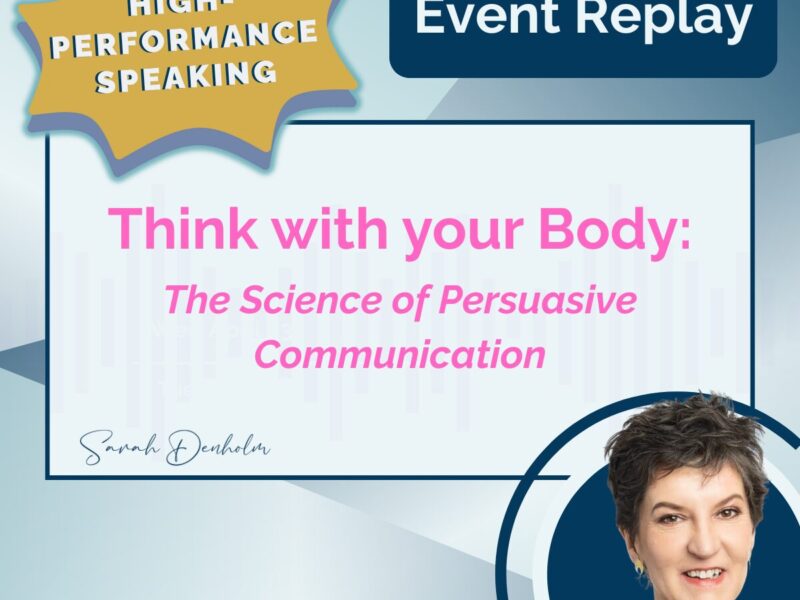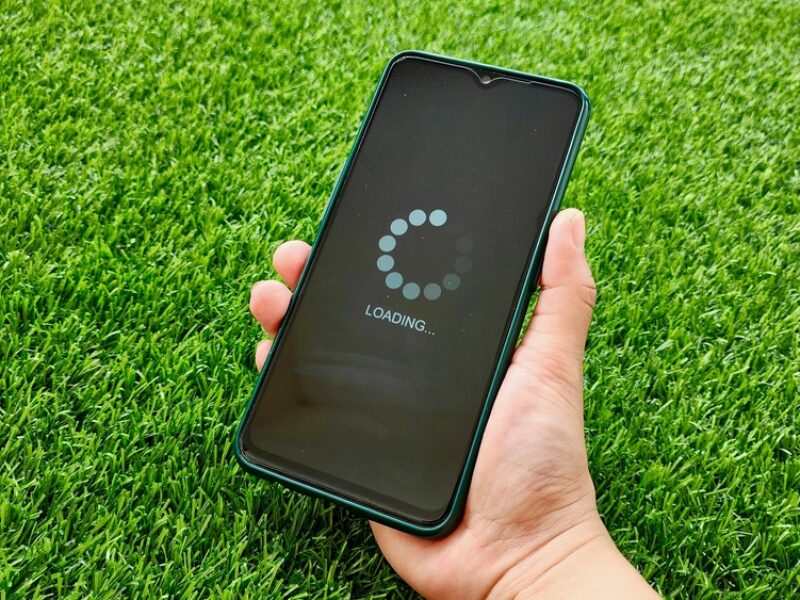Want to increase your persuasiveness? A large 2012 review* of 42 studies involving 22,000 people worldwide showed that when you use the easy persuasion technique I’m about to give you, it doubles the chances of someone saying yes to your request. Doubles!
And I believe it can also apply to some public speaking scenarios, as well as support your influencing goals.
The easy persuasion technique:
Tell your listener that they’re free to choose: they can accept or refuse your request or idea. It’s known as BYAF – But You Are Free.

Why do you think this works?
For me, its success at persuading others has various factors. You’re:
- Reaffirming their freedom, and indirectly saying to them: “I’m not threatening your right to say no. You have free will here.”
- Not taking their control away. We all have a fundamental need for control, and by giving your listener a choice, they get to keep that control.
- Putting less pressure on them by displaying no attachment to the outcome.
- Displaying confidence in your ability/product/pitch.
- Setting up an ‘exchange dynamic’ where your listener may feel more obligated to give you something in return.
The exact words don’t matter either, so long as you’re conveying the “free to choose” idea.
What is of course crucial is actually to be detached – and sincere – when you say use it. Remembering that our tone and body language will betray us if inside, we’re desperately hanging onto the outcome!
Are there situations where it doesn’t have so much effect?
According to Carpenter, the meta-data reviewer: “it was effective regardless of type of request, but effectiveness diminished when the decision to enact the target behavior was not made immediately”. In other words, you’re looking for a quick response in real-time.
What do you think? Do you use BYAF yourself, even in another form? And in selling scenarios – or have you tried this in other areas of your life?
Best wishes with your speaking, presenting and influencing!
*Carpenter, C.J. (2012). A Meta-Analysis of the Effectiveness of the “But You Are Free” Compliance-Gaining Technique, Communication Studies, 64, 1, 6-17)




